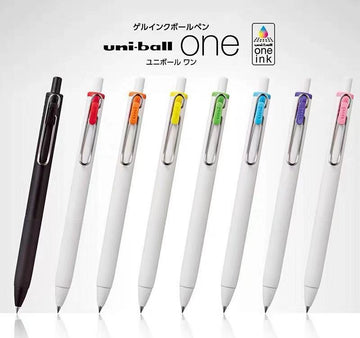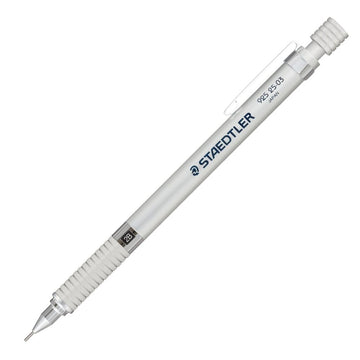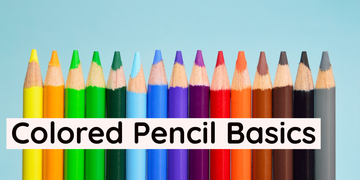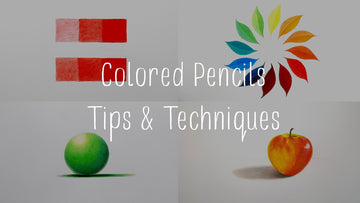A Definitive Guide to The Difference Between Ballpoint and Rollerball Pens
by yu zhang on Aug 03, 2023

Rollerball vs. Ballpoint: What’s the Difference?
Ballpoint and rollerball pens are two of the most common modern writing instruments, but what sets them apart? In this comprehensive guide, we’ll explain the key differences between ballpoint and rollerball pens including their inner workings, ink properties, writing feel, tip sizes, best uses, and more.
How Ballpoint and Rollerball Pens Work
First, let’s look at the core differences in their internal mechanics.
Ballpoint pens utilize a thick, oil-based ink and a rolling metal ball at the tip to apply ink to paper. As the ball rotates, it draws ink from the cartridge inside the pen and transfers it onto the page. The ink clings to the metal ball due to its viscous quality.
Rollerball pens employ water-based ink, similar to that found in fountain pens. This thinner ink flows through a writing tube and then through a tiny rolling ball at the tip which deposits the ink onto the page. As the name suggests, the tiny ball “rolls” across the paper rather than sliding like a fountain pen nib.
Ink Properties: Thick vs. Thin
The oil-based ink used in ballpoints is very thick and dense. This prevents feathering or bleeding through paper. However, the thickness of the ink can cause dragging, skipping, or inconsistent ink flow if not rotated properly.
Rollerball ink is much thinner, allowing it to flow effortlessly through the pen. However, this makes it more prone to bleeding, feathering, and longer drying times. The viscosity of ballpoint ink allows it to dry almost instantly on contact. Rollerball ink typically takes a few more seconds to set.
Writing Feel: Scratchy vs. Smooth
The writing experience between the two pens is noticeably different. Ballpoint pens require more pressure and dragging to deposit ink onto the page. This causes a scratchier, toothy sensation when writing but allows for good control. The thick ink flows precisely and won’t create messy blobs.
Rollerballs simply glide across the paper with very little effort, producing a smooth almost creamy sensation. However, the thin ink can sometimes feel less precise, with more potential for skips and blobs. The light-touch does allow for faster, more fluid writing.
Line Variation: Bold vs. Fine
Ballpoint pens come in a range of tip sizes from extra fine to large bold points. This allows for variation in line width and writing style. Finer ballpoint tips allow for detailed writing while broader tips create bolder strokes. However, wider ballpoint tips require more pressure to roll smoothly.
Rollerball tips are extra fine in size to complement the thin ink. They generally don’t come in larger nib sizes as the light pressure needed could not support thicker lines. All rollerballs will produce fine, consistent lines rather than variable line width.
Best Uses for Each Pen
When should you use each type of pen? Here are the common uses where ballpoints and rollerballs excel:
Ballpoint Pens:
- Everyday writing
- Forms, documents
- Note-taking
- Drawing, sketching
- Planners, notebooks
Rollerball Pens:
- Inspirational writing
- Journaling, diaries
- Poetry, lyrics
- Calligraphy, hand-lettering
- Cards, invitations
- Artistic writing
Ballpoints are great for functional daily writing tasks where control is preferable to flair. Documents, notebooks, forms, captions, and to-do lists are prime ballpoint territory. The bold lines also make them good for expressive sketching and drawing.
Rollerballs bring more artistry and elegance to writing. They thrive when a smooth, flowing writing style is desired like in journals, bibles, inspirational notes, or creative ventures like calligraphy. The fluid ink adds style to wedding invitations, thank you cards, poetry, and hand-lettered guides.
Choosing Between Ballpoint and Rollerball
When selecting a new pen, consider how you’ll use it most. Rollerballs bring an artistic flair while ballpoints focus on control. Ballpoints accommodate a range of lines, while rollerballs excel at fine lines. Ballpoint ink dries instantly; rollerball ink dries slower but flows with immense ease.
Your personal preferences matter too. Do you desire bold, precise lines or a silky smooth glide? Does a scratchy, draggy feel or slippery ink ruin the experience? Observe what brings you joy and aligns with your unique writing style.
With their distinct inner workings, ink properties, writing feels and best uses, ballpoint and rollerball pens each have their pros and cons. Keep these key differences in mind, and you’re sure to find the best pen to bring creativity and functionality to all your writing pursuits.




